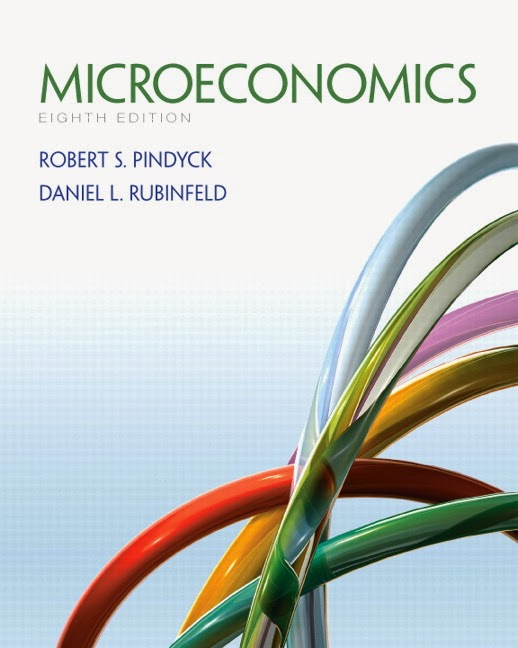
INTERMEDIATE MICROECONOMICS
 |
| Fall 2016 |
 |
Economics 201 INTERMEDIATE MICROECONOMICS |
|
|
|
|
|
|
C. Profit Maximization and Competitive Supply 1. Perfectly competitive markets
a. Price taking
. b. Product homogeneity
. c. Free entry and exit
. 2. Profit maximization
. a. Marginal analysis . . . . . . . . . . b. Demand for a competitive firm . . . . . . . . . .
. . . 3. Perfect competition in the short run a. Profit maximization by a competitive firm . . . . . . . . b. Shut down condition . . . . . . . . . c. Firm's short-run supply curve . . . . . . . . d. Short-run market supply curve . . . . . . . . . . e. Producer surplus in the short-run . . . . . . . . . . 4. Perfect competition in the long run a. Long run competitive equilibrium
. . . . . . . . . . b. Industry's long run supply curve
. (1) Constant-cost industry
. . . . . . . . . . (2) Increasing-cost industry
. . . . . . . . . . (3) Decreasing-cost industry
. . . . . . . . . . |